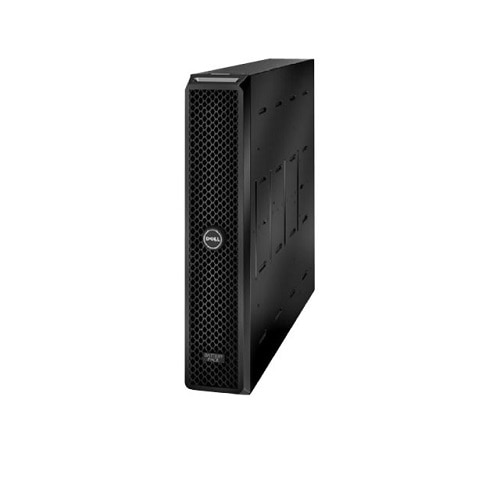Powering the Future: The Unsung Heroes of UPS Batteries
Powering the Future: The Unsung Heroes of UPS Batteries
Blog Article

In a world increasingly reliant on technology, the importance of uninterrupted power supply systems, or UPS, cannot be overstated. While many people recognize the need for backup power during outages, few appreciate the critical role played by UPS batteries in this equation. These batteries are the unsung heroes that ensure our devices continue to function smoothly, maintaining essential services and protecting valuable data from the chaos that can ensue in the event of a power failure.
UPS batteries provide more than just a backup source of electricity; they act as a safety net, shielding our electronic equipment from surges and interruptions. As businesses and households continue to integrate advanced technologies into their daily operations, the demand for reliable and efficient UPS batteries has never been greater. Understanding the function and types of these batteries is essential for anyone looking to safeguard their systems and ensure seamless connectivity in an increasingly unpredictable power landscape.
Understanding UPS Battery Technology
Tripp Lite UPS
UPS batteries, or uninterruptible power supply batteries, play a crucial role in ensuring that essential equipment remains powered during outages or fluctuations in the electrical supply. These batteries are designed to provide immediate backup power to devices like computers, servers, and networking equipment, preventing data loss and maintaining operational continuity. The technology behind these batteries has evolved significantly, focusing on efficiency, reliability, and lifespan.
Different types of UPS batteries are available, including lead-acid and lithium-ion options. Lead-acid batteries are commonly used due to their cost-effectiveness and robust performance, making them ideal for various applications. However, lithium-ion batteries have gained popularity due to their higher energy density, longer life span, and lighter weight. As technology progresses, the shift towards lithium-ion systems is becoming more prevalent, particularly in settings where space and efficiency are critical concerns.
Understanding the operation of UPS batteries involves recognizing their components and how they interact with the overall UPS system. A typical UPS consists of the battery, inverter, and control circuitry. When the main power supply is disrupted, the UPS immediately switches to battery mode, delivering energy through the inverter to convert DC power from the battery into AC power suitable for connected devices. This seamless transition is vital for maintaining performance and is what makes UPS batteries the unsung heroes in safeguarding critical infrastructure against power disturbances.
Key Benefits of UPS Batteries
One of the primary advantages of UPS batteries is their ability to provide uninterrupted power supply during outages. This feature is crucial for both home and business environments where even a brief loss of power can lead to data loss, productivity declines, and potential damage to sensitive equipment. UPS batteries ensure that connected devices continue to operate seamlessly, allowing users to save their work and safely shut down systems without the risk of data corruption.
Another significant benefit of UPS batteries is their role in protecting against power surges and fluctuations. These devices act as a buffer between the power source and the equipment, filtering out harmful spikes in voltage that can damage computer systems and other sensitive electronics. By stabilizing the power supply, UPS batteries extend the lifespan of devices, reducing the frequency of repairs and replacements, which can translate into substantial cost savings over time.
Additionally, UPS batteries offer convenience and peace of mind for users. Many systems today are equipped with monitoring and management software that provides real-time information on battery status, power usage, and notifications of potential issues. This enhances operational efficiency and allows for proactive maintenance, ensuring that battery systems function optimally when needed most. Having this level of reliability in power management is invaluable for maintaining smooth operations in a variety of settings.
Future Trends in UPS Battery Development
As technology evolves, the demand for more efficient and reliable UPS batteries is growing. One of the key trends is the shift towards lithium-ion batteries due to their higher energy density, longer lifespan, and reduced maintenance requirements compared to traditional lead-acid batteries. This transition is driven by the need for uninterruptible power supplies that can support modern computing and telecommunications infrastructure without taking up too much space or requiring frequent replacements.
Another significant trend is the integration of smart technology into UPS battery systems. Smart UPS solutions are equipped with advanced monitoring and diagnostic capabilities, allowing users to track performance metrics in real time. This leads to improved maintenance practices, better energy management, and enhanced predictive analytics, helping organizations ensure that their critical systems remain powered and operational during outages.
Finally, the push for sustainability is shaping the future of UPS battery development. Manufacturers are exploring eco-friendly materials and recycling options to minimize environmental impacts. Innovations such as solid-state batteries and even flow batteries may soon provide alternatives that not only improve performance but also align with global goals for sustainability. As industries continue to prioritize green solutions, the UPS battery sector is poised to adapt and lead the way in creating a cleaner, more reliable energy future.
Report this page